Barbari
Feb 21, 2013
The Barbari breed has mainly evolved and adapted in the north western arid and semi-arid regions, and more specifically in the Etah, Etawah, Hathras, Mathura, Agra and Aligarh districts of Uttar Pradesh.
According to the 18th Livestock Census 2007, the number of Barbari goats in the country is 3,155,723 fairly widely distributed across the states of Uttar Pradesh, Uttarakhand, Madhya Pradesh, Punjab, Haryana, Jharkhand with a few found in Delhi. (Refer to maps below) The Barbari is a dual purpose (milk and meat) goat breed and are maintained on browsing and grazing stubble of cultivated crops and trees leaves.
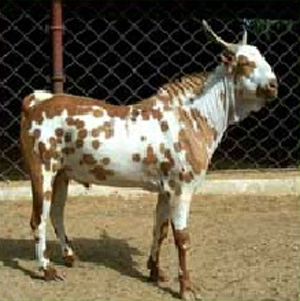 The colour varies greatly but white with red or tan spots is considered typical. The animals have a small body with short legs and their ears are small and erect. The horns are of medium size and slightly twisted, directed upwards and backwards. Does are prolific breeders; kidding takes place twice in fourteen months. Twinning is a common phenomenon in this breed; almost 50% of births are twins. Milk yield per lactation is about 110 kgs, with a daily milk yield of about 1 kg. They are maintained mostly on browsing and grazing stubble of cultivated crops and tree leaves. Cultivated fodders (e.g. berseem, wheat straw) and grains (e.g. maize, barley, millets) are commonly given as feed. The animals are generally housed in thatched sheds within the homestead area. It has been observed in some surveys that most males are castrated early in life and fattened for slaughter at religious festivals, and a sizeable number of non-descript goats are kept for milk production by owners who maintain Barbaris, as all the milk of the latter is allowed to be suckled by their kids to ensure good growth1.
The colour varies greatly but white with red or tan spots is considered typical. The animals have a small body with short legs and their ears are small and erect. The horns are of medium size and slightly twisted, directed upwards and backwards. Does are prolific breeders; kidding takes place twice in fourteen months. Twinning is a common phenomenon in this breed; almost 50% of births are twins. Milk yield per lactation is about 110 kgs, with a daily milk yield of about 1 kg. They are maintained mostly on browsing and grazing stubble of cultivated crops and tree leaves. Cultivated fodders (e.g. berseem, wheat straw) and grains (e.g. maize, barley, millets) are commonly given as feed. The animals are generally housed in thatched sheds within the homestead area. It has been observed in some surveys that most males are castrated early in life and fattened for slaughter at religious festivals, and a sizeable number of non-descript goats are kept for milk production by owners who maintain Barbaris, as all the milk of the latter is allowed to be suckled by their kids to ensure good growth1.
| Adult Male | Adult Female | |
| Average Body weight (kg) | 37 to 40 | 22 to 23 |
| Average Body length (cm) | 70 to 72 | 58 to 59 |
| Average Height at withers2 (cm) | 70 | 56 |
| Average Chest girth (cm) | 75 | 64 |
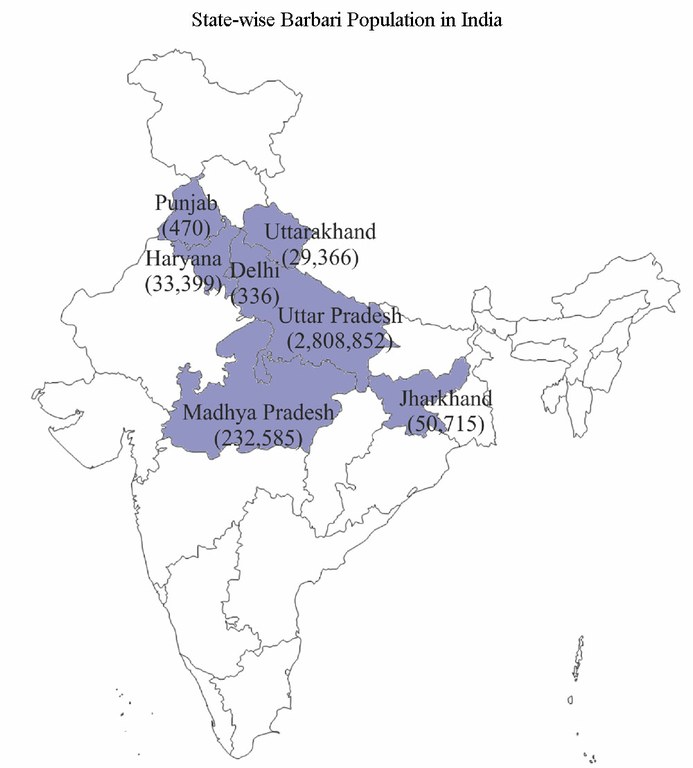
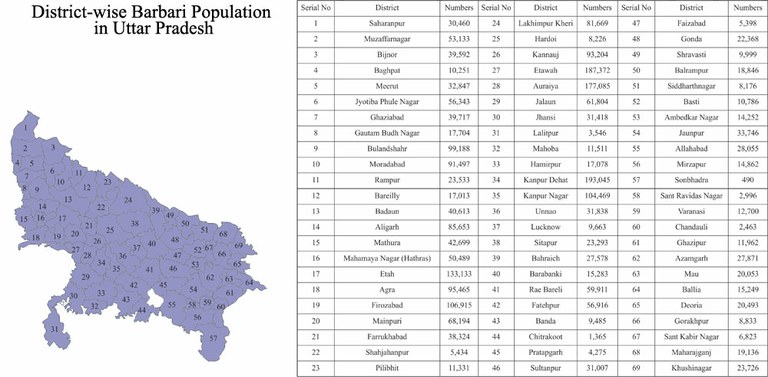
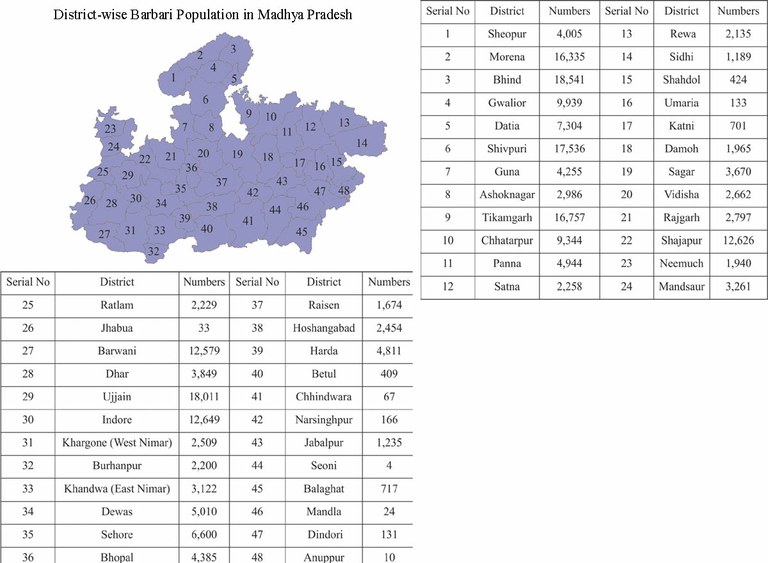
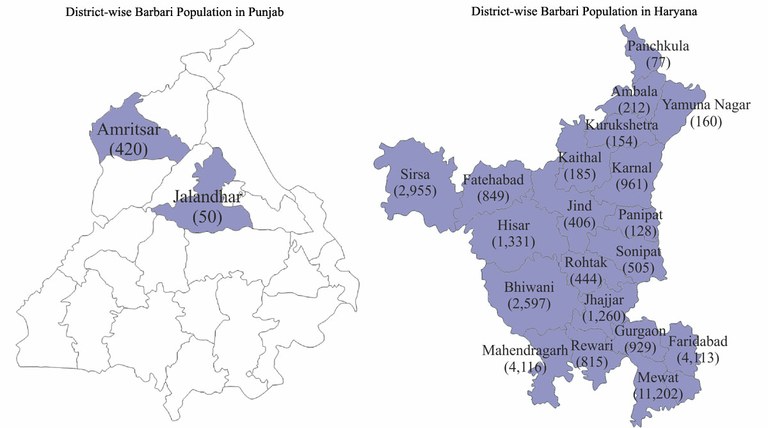
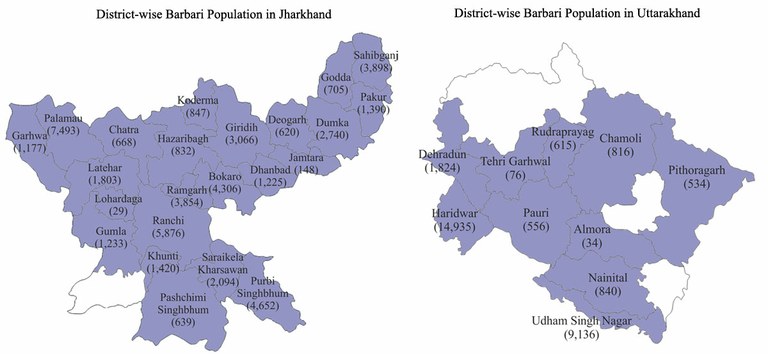
Text Source: NBAGR
Photo Source: CSWRI and http://www.boer-goats-farmstay-bed-breakfast.com/barbari-etawahuttar-predesh.html
References:
- http://www.fao.org/DOCREP/004/X6532E/X6532E03.htm
- Height at withers is the highest point on an animal’s back on the ridge between the shoulder blades - http://www.cardi.org/wp-content/files/factsheets/factsheet_sheepbreeds.pdf









